Imagine a world without the roar of lions, the trumpeting of elephants, or the playful antics of otters in our rivers. It’s a chilling thought. Yet, for many animal species, extinction is not just a distant threat—it’s a pressing reality. But there’s a surprising hero in this story: modern zoos. Far from being mere attractions, zoos around the globe are leading an inspiring charge to rescue endangered species and return them to their natural homes. Through science, care, and a deep passion for wildlife, zoos are rewriting the future for countless animals teetering on the brink.
The Transformation of Zoos: From Display to Conservation
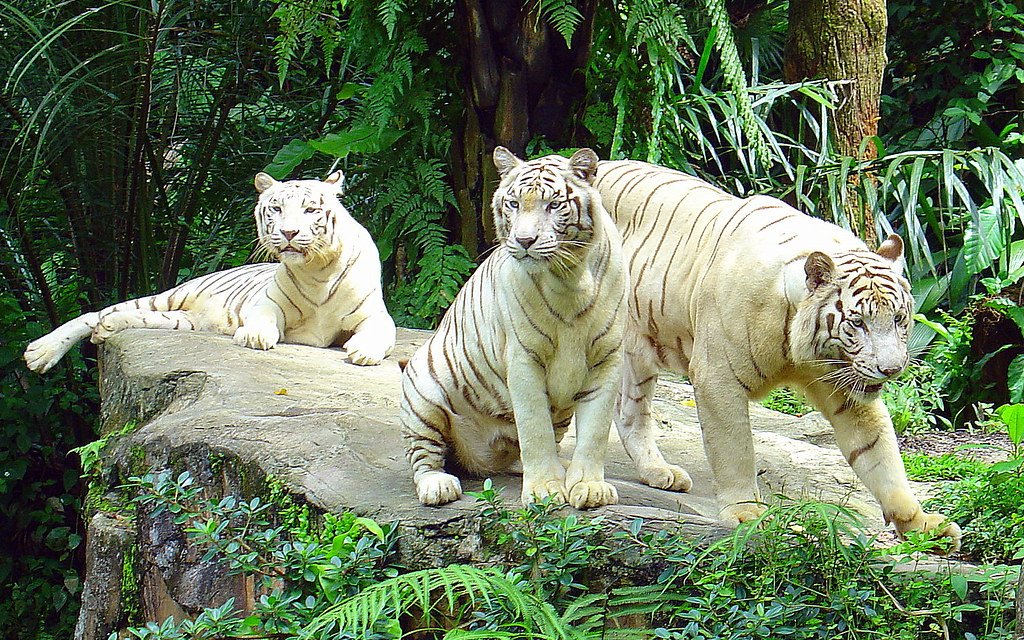
In the past, zoos were often seen as places where animals were kept simply for public viewing and entertainment. Today, this perception has changed dramatically. Modern zoos have evolved into centers of scientific research, conservation, and education. They are deeply involved in breeding programs, habitat restoration, and public awareness campaigns. With a stronger focus on animal welfare and species survival, zoos now serve as vital sanctuaries for threatened animals. Their role extends beyond their gates, impacting the health of ecosystems worldwide. By shifting their mission, zoos have become key players in the fight to save species from extinction.
Captive Breeding: A Lifeline for Endangered Species
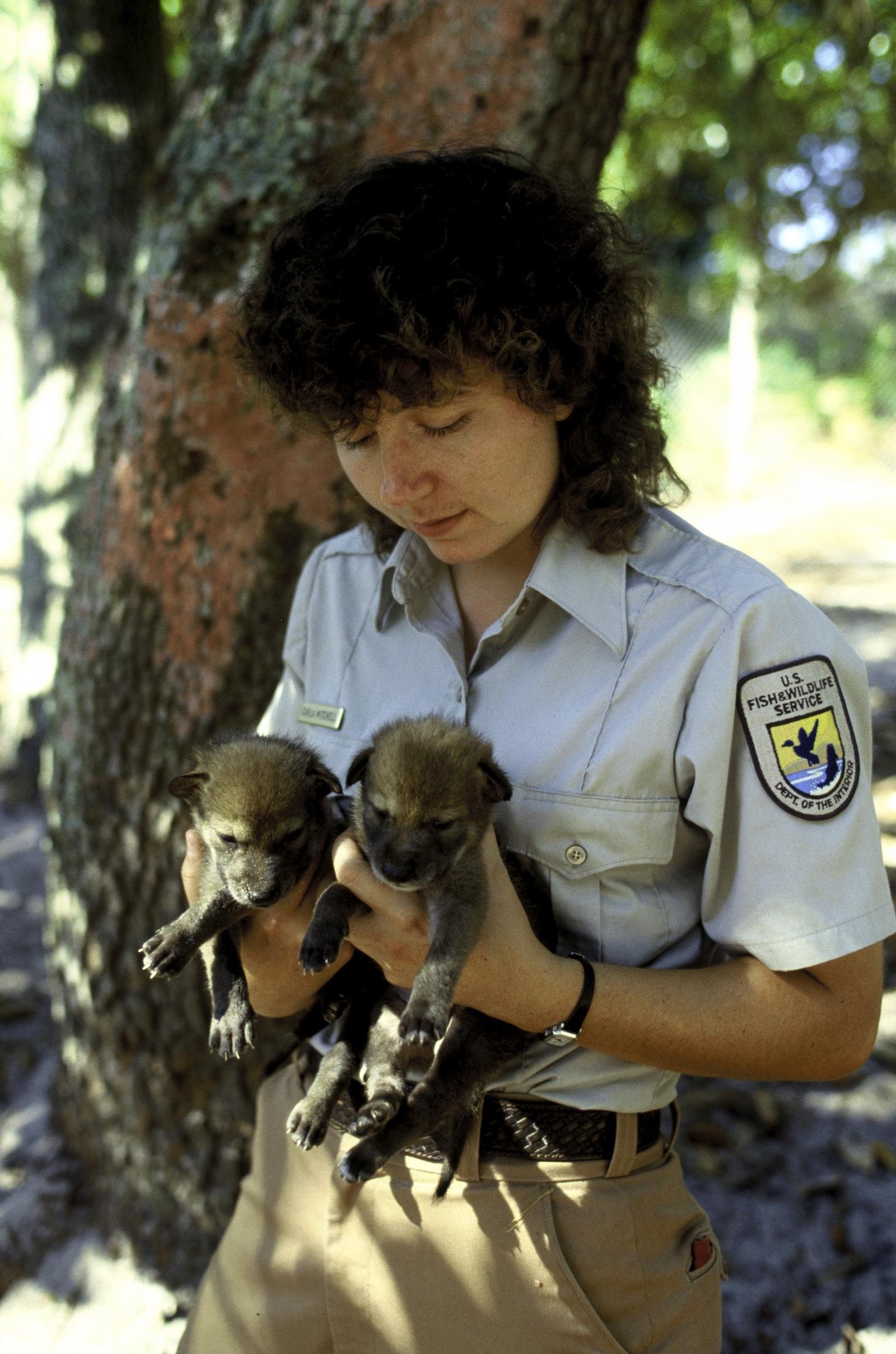
Captive breeding programs are at the heart of zoos’ conservation efforts. These programs carefully pair animals to produce healthy offspring, often using sophisticated genetic management to maintain diversity. For species like the California condor and the Arabian oryx, captive breeding has meant the difference between survival and extinction. Zoos provide safe, controlled environments where young animals can grow without the threats they would face in the wild. These efforts are not just about numbers—they’re about creating robust, genetically diverse populations capable of thriving once reintroduced. It’s a meticulous process, requiring years of dedication and expertise.
Preparing Animals for Life Beyond the Zoo
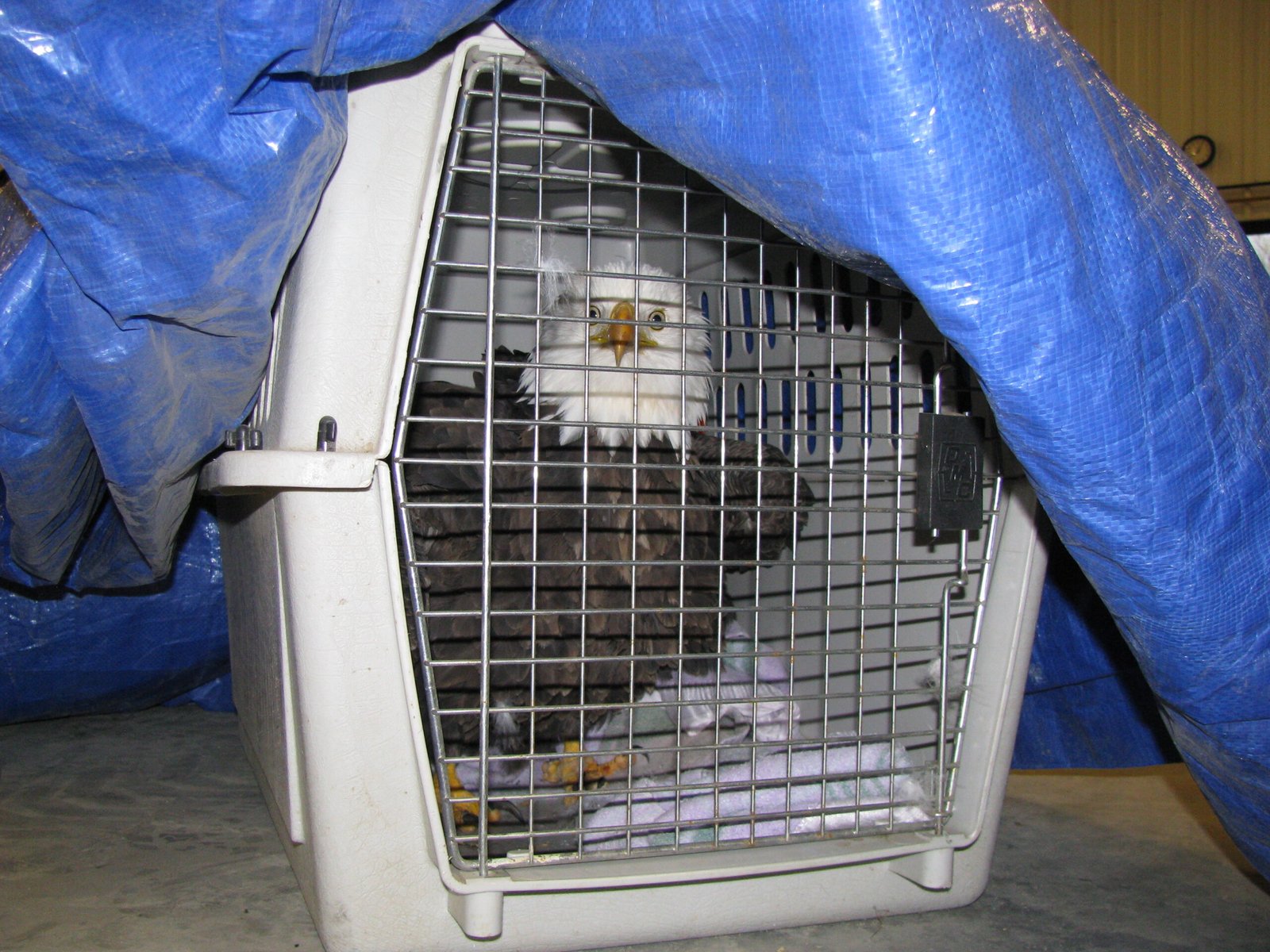
Reintroducing animals into the wild is far more complex than simply opening a cage. Zoos meticulously prepare their animals for this transition. They teach them skills vital for survival, such as hunting, foraging, and avoiding predators. For example, keepers may hide food in enclosures to encourage natural foraging, or create environments that mimic the wild as closely as possible. Animals are gradually exposed to conditions they’ll face outside, from weather patterns to social structures. The goal is to ensure released animals are self-reliant and able to integrate into wild populations, giving them the best chance at a second life in their natural habitats.
Tracking Success: Monitoring Reintroduced Populations
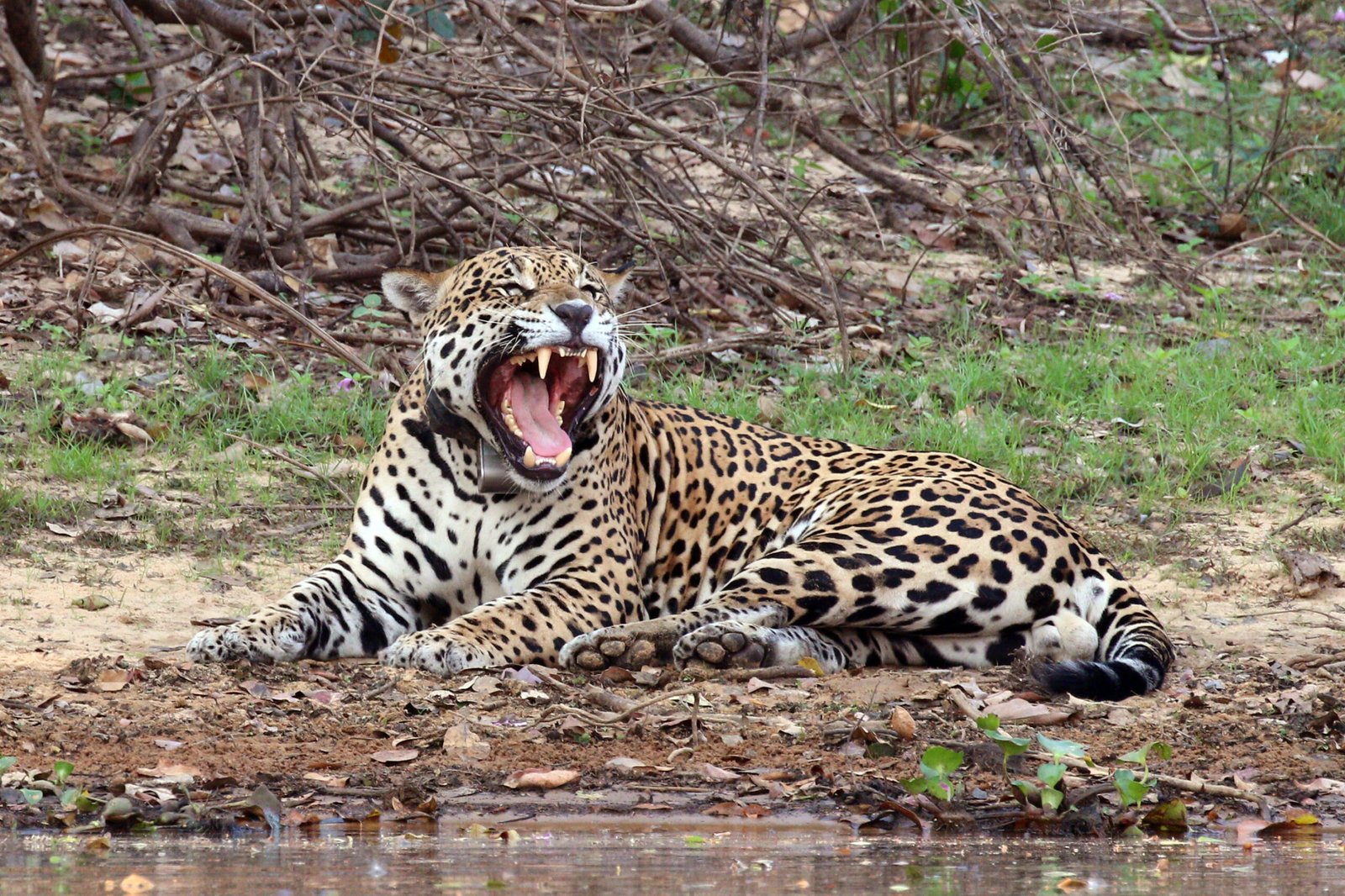
After animals are released, the work doesn’t stop. Zoos, often in collaboration with conservation groups and scientists, track these animals using GPS collars, radio transmitters, and field observations. This monitoring helps researchers understand how animals adapt, find food, and interact with their environment. If problems arise—such as difficulties with finding mates or territory—experts can intervene or adjust future release strategies. Success stories, like the return of the black-footed ferret to North American prairies, are tracked over years, ensuring that populations not only survive but continue to grow and thrive.
Restoring Habitats: Healing the Homes Animals Return To
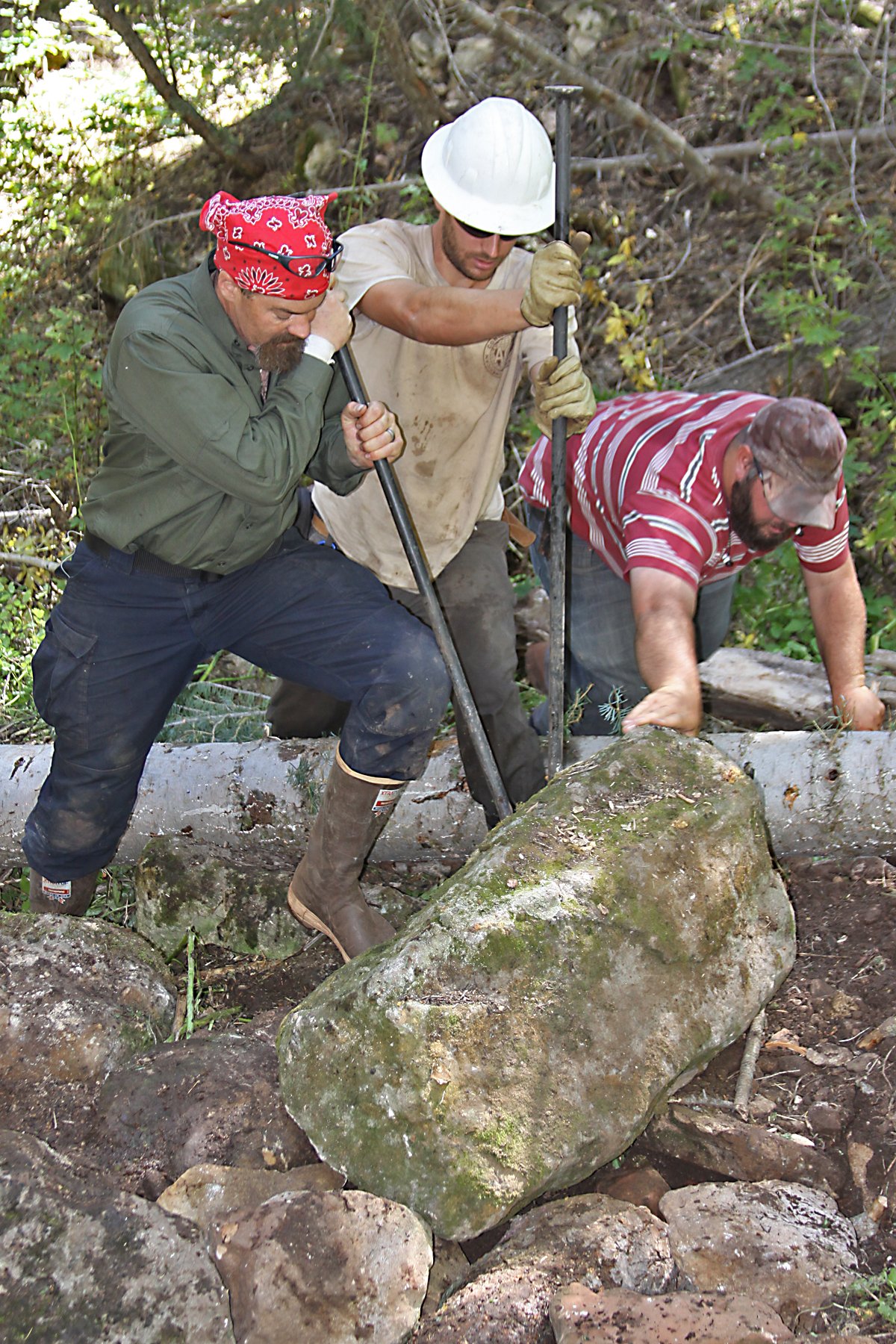
Reintroducing animals to the wild is only effective if their habitats are healthy and safe. Zoos participate in restoring these environments, working with local communities and governments. They help remove invasive species, replant native vegetation, and even restore water sources. Some projects involve rebuilding entire ecosystems, such as reforesting areas for orangutans or reviving wetlands for amphibians. This work ensures that reintroduced animals have a genuine chance of survival. Healthy habitats also benefit countless other species and help maintain the balance of nature, creating a ripple effect that extends far beyond a single animal.
Conservation Education: Inspiring the Next Generation
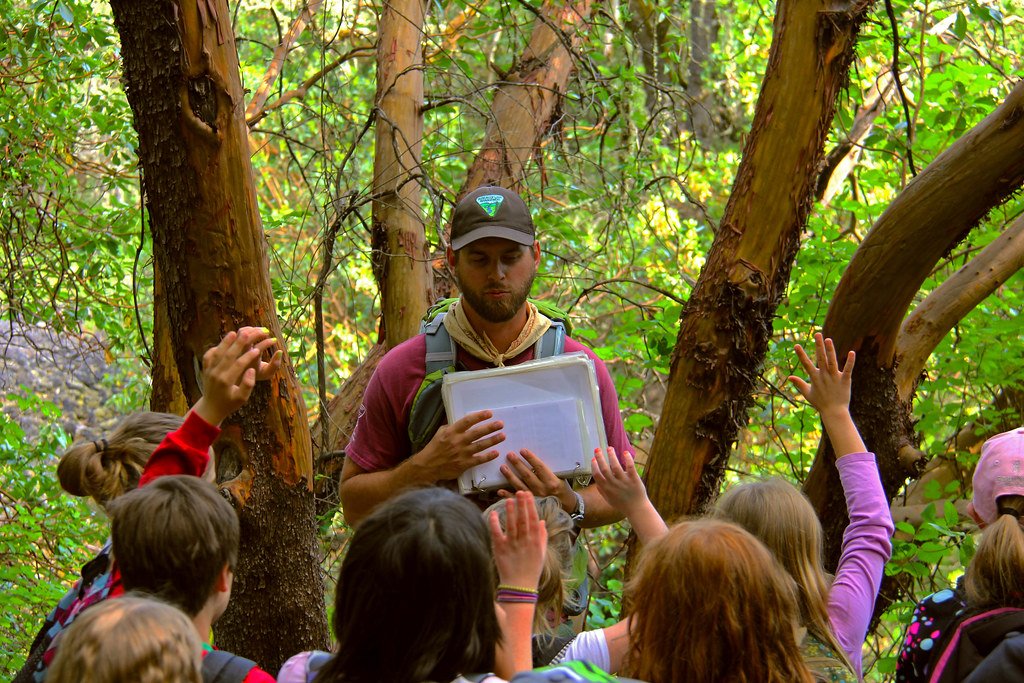
One of the most powerful tools zoos possess is their ability to educate millions of visitors each year. Through interactive exhibits, talks, and hands-on experiences, zoos connect people emotionally to the animals in their care. When visitors learn about endangered species and the threats they face, many are inspired to take action—whether by supporting conservation projects, reducing their own environmental impact, or spreading the word. Education fosters empathy and responsibility, turning ordinary people into passionate advocates for wildlife. In this way, zoos plant the seeds for a more sustainable future, one visitor at a time.
Scientific Research: Unlocking the Secrets of Survival
Zoos are also centers of groundbreaking scientific research. They study animal behavior, reproduction, genetics, and health in ways that would be impossible—or unethical—in the wild. By understanding what animals need to thrive, scientists can develop better strategies for breeding, reintroduction, and habitat management. For example, research on panda reproduction in zoos has helped increase birth rates, while studies on disease transmission protect both captive and wild populations. This knowledge is shared with conservationists worldwide, multiplying the impact of each discovery and giving endangered species a fighting chance.
Global Collaboration: Working Together for Wildlife
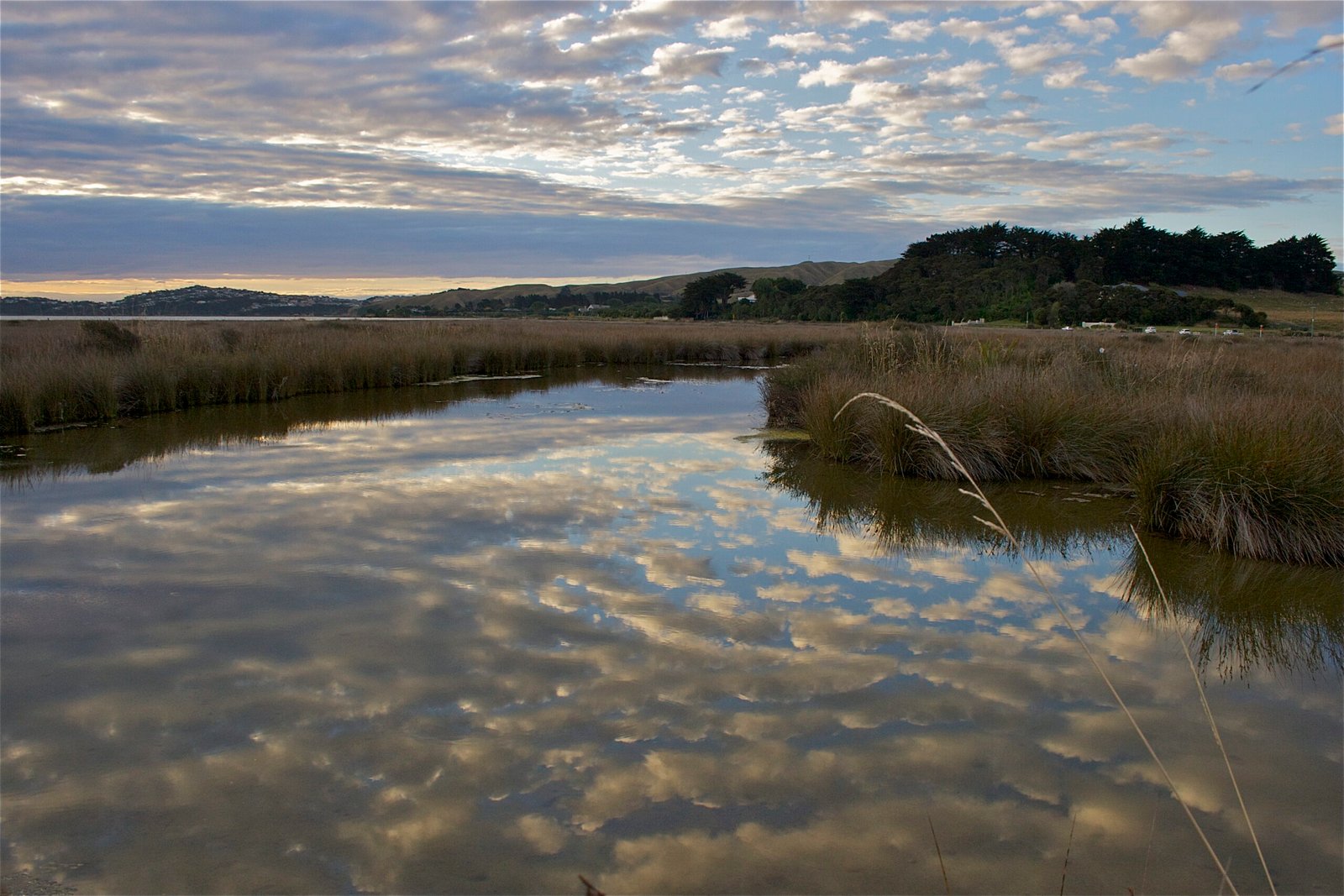
No single zoo can save a species alone. The fight to bring animals back to the wild is a global effort, with zoos, governments, universities, and conservation organizations pooling their resources and expertise. International programs like the Species Survival Plan (SSP) coordinate breeding across institutions, ensuring genetic diversity and healthy populations. Collaborative projects span continents—think of the efforts to save the Sumatran tiger or the European bison. By working together, these organizations amplify their impact, creating a united front against extinction.
Success Stories: Hope Brought to Life
The list of animals saved by zoos is both inspiring and humbling. The Arabian oryx was once extinct in the wild, but thanks to zoo-led breeding and reintroduction, herds now roam the deserts of Arabia once more. The golden lion tamarin, native to Brazil’s forests, has rebounded from just a few hundred to thousands, largely due to zoo cooperation. Even the majestic California condor, whose numbers fell to less than 30, now soars over its native cliffs. These success stories are living proof that hope, hard work, and science can reverse the tide of extinction.
The Challenges Ahead: Difficulties and Determination
Saving species is never easy, and zoos face many challenges. Some animals struggle to adapt after reintroduction, while others face habitat loss, poaching, or disease. Political and logistical hurdles can slow progress, and funding is always a concern. Yet, the determination of zookeepers, scientists, and conservationists is unwavering. Every setback is met with creativity and resolve, whether it means refining breeding techniques or forging new partnerships. The path is steep, but the goal—restoring balance to our planet—makes every step worthwhile.
A Call to Protect Our Shared Future
The work of zoos reminds us that humanity holds both the power to harm and the power to heal. Each animal returned to the wild is a symbol of what’s possible when compassion and science work hand in hand. The survival of endangered species depends on collective action, from the experts on the ground to the visitors who leave inspired to make a difference. Protecting wildlife is not just about saving animals—it’s about preserving the wonder, diversity, and beauty of the world we all share. What role will you play in this remarkable story?



